Click to Skip Ahead
Having a few cats on the farm likely brings you more benefits than drawbacks. Felines tend to take certain matters into their own paws, keeping order where order is due. If you’re worried about the vermin population around your home and in your barn, cats are a hassle-free way to snuff this problem out.
If you’re looking to hire a feline farmhand to take on a bit of responsibility, here are six of the best cats that you can bring on board.

The 6 Barn Cat Breeds Suited for Life on the Farm
1. Maine Coon
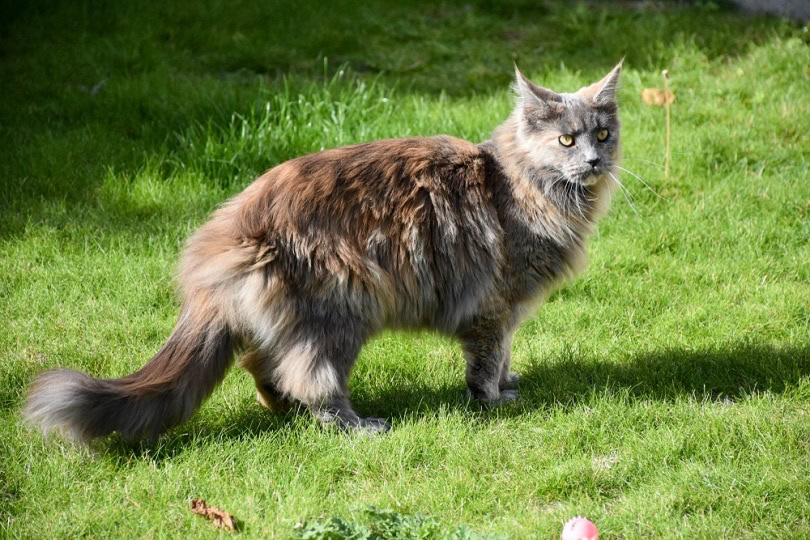
| Colors: | Solid white, cream, red, blue, black |
| Lifespan: | 10–13 years |
| Weight: | 8–20 pounds |
Maine Coons were practically built for a life in the wild. They have gorgeous, long double coats that protect them from the elements, so they’re perfect for outdoor venturing.
Female Maine Coons stay about the same size as ordinary house cats—maybe slightly bigger. However, males can get massive, weighing up to 20 pounds or more. These cats are built with heavy muscle, making them powerful and precise.
These cats make excellent hunters, dominating the mouse population in your barn. If you could use a cat around the place for extra protection, the Maine Coon has you covered.
On top of being incredibly useful, these cats are highly chill cats with relaxed and friendly personalities.
2. Domestic Longhair & Shorthair
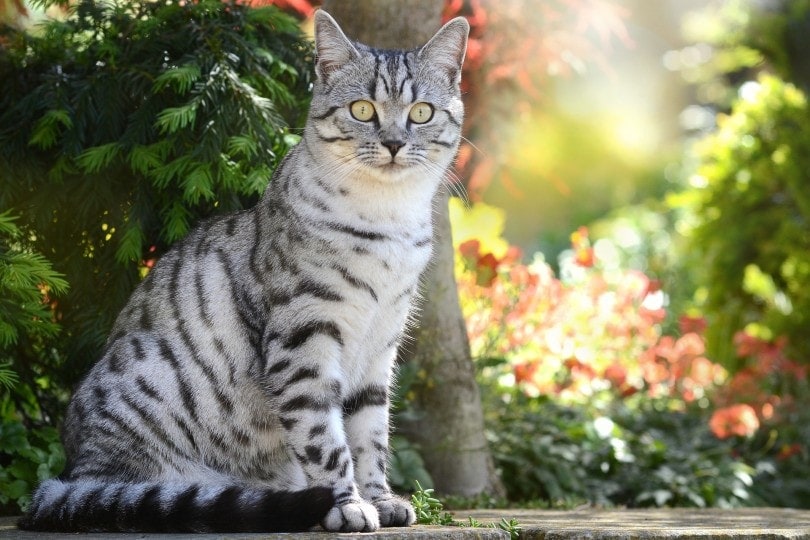
| Colors: | Any |
| Lifespan: | 10–15 years |
| Weight: | 8–15 pounds |
Saying “Domestic Longhair” or “Domestic Shorthair” is just a fancy way of saying an average cat with no particular bloodline or breed. You can find one of these variations just about anywhere, so it’s a great opportunity to get a cat that needs a home from a rescue shelter.
Since this isn’t a breed but rather a mixtape of genetics, they are inexpensive and easy to come by. People sell, give away, and rehome these cats all the time. You’d have no issue popping on sites like Craigslist, Hoobly, or social media groups to find people getting rid of kittens.
Both Domestic Long and Shorthairs can be born in the same litter and have virtually any pattern or color. These cats can also drastically vary in personality. You never know just what you’ll get.
However, if they are survivalist-minded, they will be able to take care of the mouse population in your barn or just give you some company while you’re doing your duties.
3. Japanese Bobtail
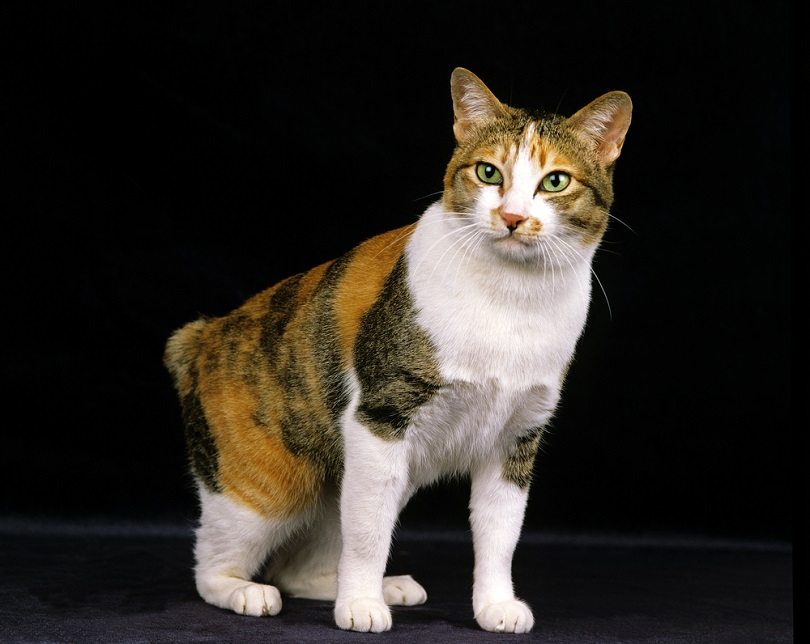
| Colors: | White, black, red, lavender, silver cream, chocolate, sable, brown |
| Lifespan: | 9–15 years |
| Weight: | 5–10 pounds |
Japanese Bobtails are generally light, agile cats with active personalities. Due to their sharpness and keen attention to detail, there aren’t any unwanted guests in your yard or barn that won’t be in danger. These kitties will take care of ground moles, mice, and even perching birds.
These short-tailed cuties are typically social, getting along with every barnyard buddy around. But since they are so rare and potentially expensive, you might want to have an outdoor/indoor living situation to protect your cat from potential predators at night.
These cats are highly communicative and vocal, so you won’t wonder if they’ve eaten for the day. They have no trouble sharing their feelings or demanding attention.
Japanese Bobtail cats have playful, fun-loving personalities. So, if you come out to entertain these cats, you will be met with enthusiasm and willingness to interact. If you have kids, this is a terrific option, as they are loving and peppy.
4. Siamese Cat
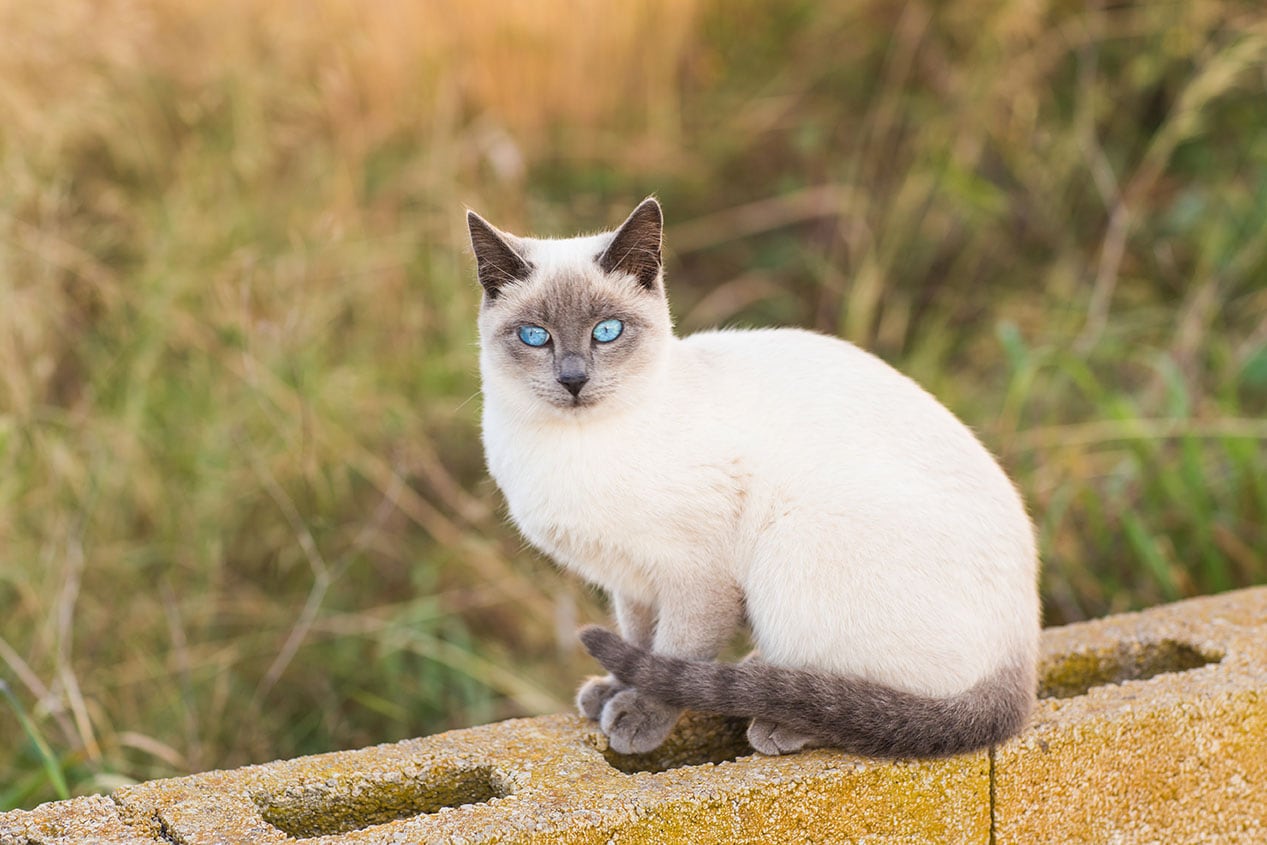
| Colors: | Bluepoint, seal point, lilac point, chocolate point, flame point, cream point, tortie, lynx point |
| Lifespan: | 10–15 years |
| Weight: | 8–15 pounds |
Siamese cats are one of the oldest cat breeds and, arguably, one of the most recognizable. Luckily, even though they’re expensive when you buy from a breeder, they can be relatively inexpensive otherwise. There are tons of Siamese and Siamese mixes at rescues and shelters everywhere.
Siamese cats are notorious for being highly vocal animals, so it wouldn’t be unusual to get a greeting on your way to your car or when you’re out feeding your barnyard buddies. Even though they aren’t shy, they are sometimes rather particular about affection, which is ideal because they will spend most of their time without human contact.
On top of their quirks, Siamese cats are phenomenal hunters. They are highly alert, active, and agile. You won’t have much of a rodent problem with one of these felines around. Self-sufficient and born to thrive, the Siamese is hardy and useful on the farm.
You could buy a Siamese from a breeder, but if they’ll be a barn cat, it’s way better to adopt from a local shelter.
5. Feral Cat
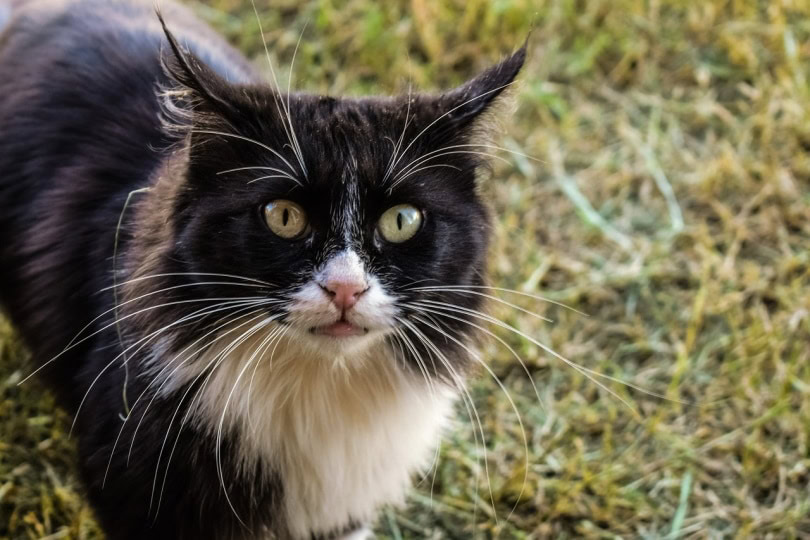
| Colors: | Any |
| Lifespan: | 8–15 years |
| Weight: | 5–15 pounds |
Feral cats have been around the block a time or two, and they know exactly what is going on. If you have no desire to start a relationship with this cat other than feeding, we highly suggest a feral cat. They can be any breed and come in any color, size, pattern, and weight within cat parameters.
If you or someone you know traps a feral cat, they might run off before they acclimate to the farm, so there is always that risk. However, they usually stay where the food is. So, if you make a food source readily available, they will most likely stay for room and board.
They don’t mind an all-business relationship. Even if your feral cats travel nomadically, which is completely common (especially if they aren’t fixed), they will usually stop by every few days. It’s completely normal to not even see them for a week or two.
6. Pixie-Bob
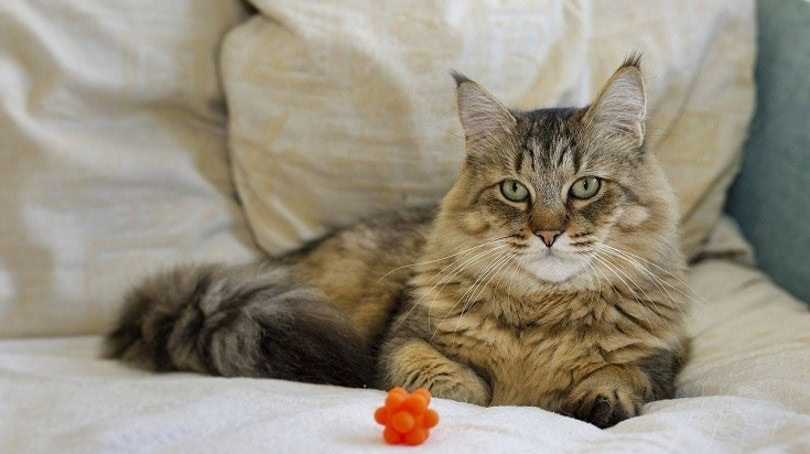
| Colors: | Fawn, gray, red, orange |
| Lifespan: | 10–15 years |
| Weight: | 9–14 pounds |
Pixie-Bobs actually got their start on a farm, having a barn cat mother. So, they already have feral roots. These kitties resemble their wild cousins, the bobcat. Even though it isn’t scientifically feasible that they are part bobcat, it’s still fun to imagine.
These cats are typically sensational hunters. They blend in well with the outdoors, too. They don’t stick out like a sore thumb due to their neutral coloring. Even more exotic-colored Pixie-Bobs maintain a modest tone.
You will also have a buddy around the barnyard. These kitties are gentle and agreeable with people and animals alike. Even though they might like the chickens and dogs, they don’t share the same sentiment with intruding vermin.

Benefits of Cats on Farms
The obvious primary reason that people welcome cats to their farm is to control vermin. Even though rats and mice can be pesky and cause damage, there is a bigger reason they need to be controlled. These rodents can actually carry diseases that can subsequently affect livestock.
Vermin can carry illnesses, such as:
- Salmonellosis
- Campylobacteriosis
- Giardiasis
A barn cat or two can definitely help you thin out the population and protect your assets. Also, you give a feline who might otherwise be completely homeless a place to call home. Even if you aren’t looking for the close companionship that a cat can offer, they still have food, safety, and all their necessities met.
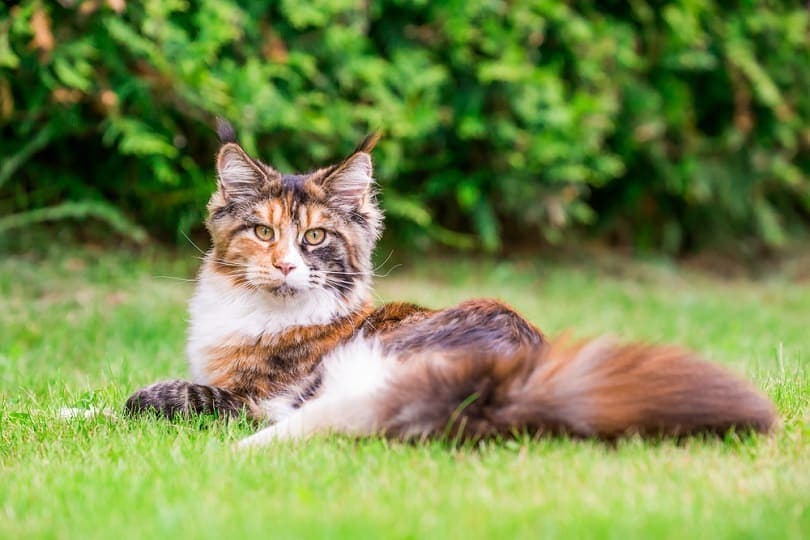

Conclusion
So, which one of these fantastic felines will be welcomed to the homestead? Any cat that you get will surely be grateful for the new place to bunk, but there are a few things to consider. Will the cat be indoors and outdoors or strictly outside?
If you have a strictly outdoor barn cat, you’d be better off finding free kittens or adopting rescues. Some cats can cost thousands of dollars, making life outside a real gamble. In any case, a cat or cats can really help you keep vermin away so you can protect your livestock.
Featured Image Credit by: rihaij, Pixabay
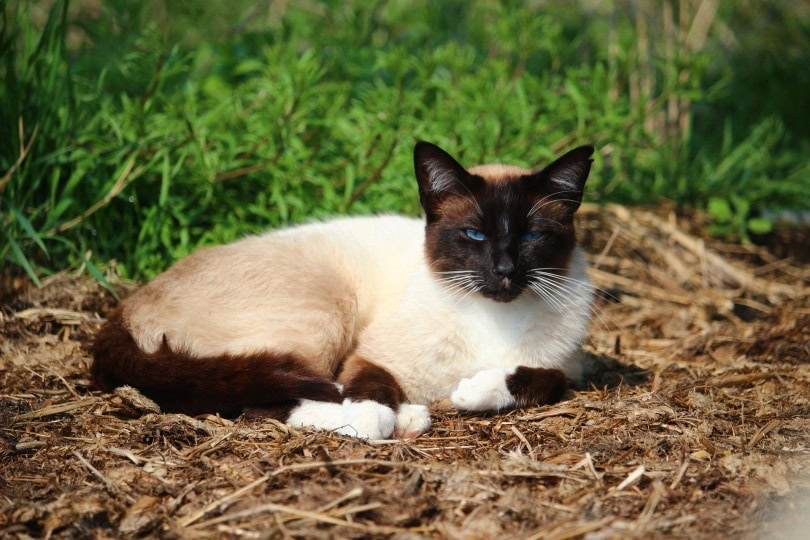





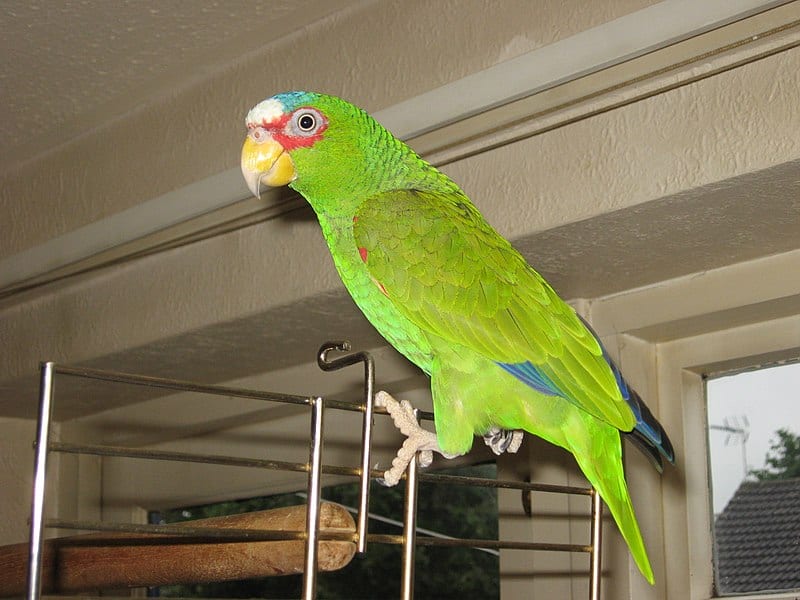
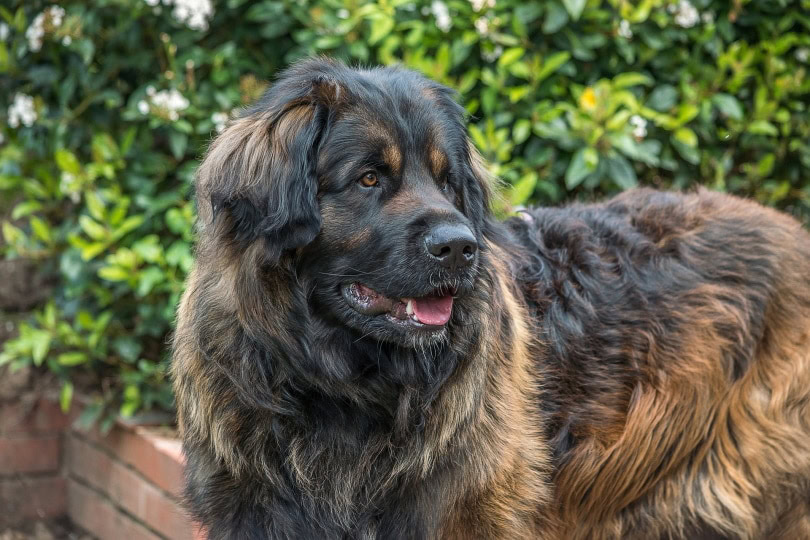
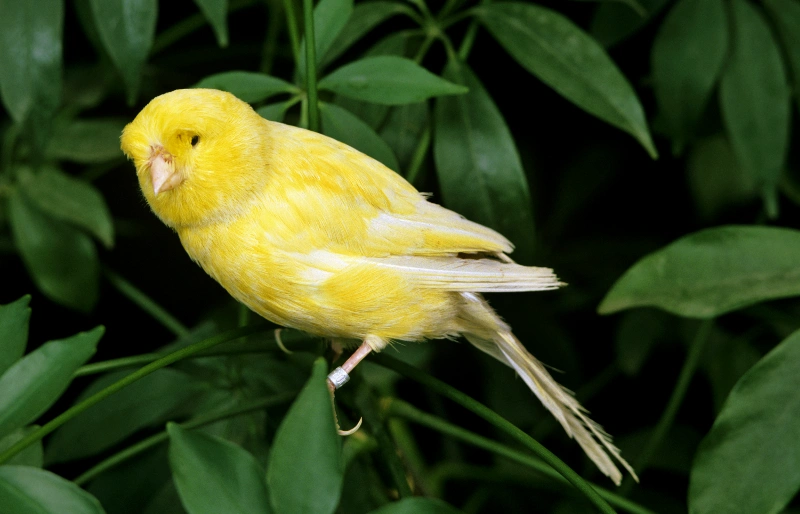



4 Responses
I adopted two cats one was what they call a grateful cat She was about 1 year and two months The other I adopted a month later a week before Christmas. She was a year and 2 or three months old.and She is feral. It does take a lot of time to build her trust and after the first year and a half I began seeing a of great changes. She had escaped during that time for about 15 days but returned back crying. This year both cats will have been with me for 3 years now. Both doing really well. The feral one has come a long ways but occasionally has her moments where she might act feral and run. For the most part both sleep with me on the bed. Feral one waits for me to go to bed and then joins me. She does come up close, gives a little meow and wants me to pet her. They are indoor cats I would not have it any other way.
Hello Trudy, thank you for your comment, we are glad to hear that you’ve managed to work it out with your cats and you are living together happily!
I did want to say that with a feral cat when you first bring them in it kind of needs to be on their terms. You need to let them have their space and give them time. When you are able to approach them you need to do it slowly. It will all get better but it took me about 1 1/2 years to experience all her changes.
Years ago I had two feral cats that I caught in a have a heart cage. One was an adult and the other just a kitten. Unfortunately when I came home from work one day the older one got out the door before I could catch her. We hadn’t had time to build the bond yet and I never saw her again. The kitten hid for two days and then it was like night and day. He was no longer feral and was a really great cat.
Hello Trudy, thank you for sharing your story about bonding with feral cats. Sorry to hear about the one that ran away. We hope the other one is healthy and happy!